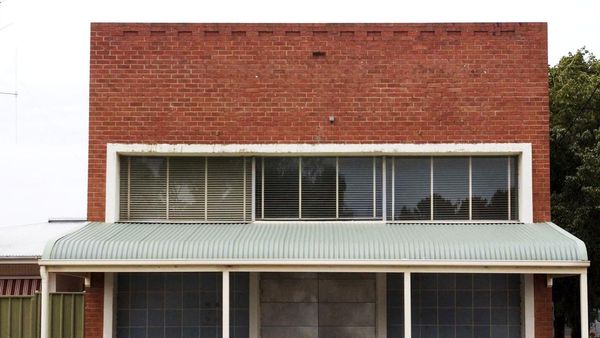
Australia should cut back its $45bn Hunter-class frigate project or the navy will end up with too many ships focused on anti-submarine warfare, a new report warns.
The report published by the Australian Strategic Policy Institute (Aspi) calls for a “bold” revamp of the navy’s surface fleet, including reducing the Hunter-class frigate order from nine ships to six.
Despite repeated warnings from the government about the worsening regional security outlook, the report argues the navy “lacks the resources to adequately protect Australia’s vast maritime interests”.
The report recommends an overall increase in the number of ships armed for combat, but says sticking with the production of nine Hunter-class frigates would result in an “unbalanced” fleet that is “biased” towards anti-submarine warfare.
The report’s author, Jennifer Parker, a senior adviser at the Australian National University’s National Security College, said the Hunter-class frigates were geared towards anti-submarine warfare and so had fewer “vertical launching system” missile cells.
The frigates would therefore have less capability to destroy a rival’s aircraft and other surface ships. These frigates are being built in Adelaide but the first is not expected to be ready until the early 2030s.
Parker recommended cutting the order by three ships and said the “remaining hulls would be replaced by a multipurpose frigate or destroyer capability with increased missile capability per tonne”.
The report is not official policy, but gives an insight into the sorts of trade-offs the federal government faces as it considers the shape of the navy’s surface fleet.
Last month the government received a report looking at the “size, structure and composition of Navy’s surface combatant fleet”, but is not expected to announce its decisions until early next year.
The government had asked a team, led by the retired US navy Vice-Admiral William Hilarides, to give advice on any changes needed to the rest of the navy fleet in parallel with the Aukus nuclear-powered submarine plan.
In the new Aspi report, Parker said acquiring eight nuclear-powered submarines to replace Australia’s six conventional submarines was “important” but did not represent “a major structural change or significant expansion” of the navy.
“Submarines can have a disproportionate impact on an adversary’s attempts to achieve sea control,” Parker wrote.
“However, there are limitations. They can’t perform many important naval tasks and hence can’t replace an adequately sized fleet of major surface combatants.
“Analysis of the growth and modernisation of navies in our region – including among our partners and allies – makes this abundantly clear.”
The report said the Royal Australian Navy relied on a backbone of 11 to 12 major surface combatants. At present, this consists of eight Anzac-class frigates and three Hobart-class destroyers – all of which have capabilities in anti-submarine warfare, anti-air warfare and anti-surface warfare.
Parker said 11 to 12 major surface combatants was “insufficient for Australia” and it should have 16 to 20 such ships.
She said a review of the navy’s structure should consider “bold changes, including reconsideration of a fleet auxiliary, a coastguard or forward basing of assets to support the workforce requirements of an expanded fleet”.
The report cites a warning from the former navy chief, David Shackleton, about a reduction in the RAN’s firepower. “In 1995, the Royal Australian Navy possessed 368 missile cells on its major surface combatants,” Shackleton wrote in February.
“By 2020, that had reduced to 208, a 43% reduction in firepower. It will take until 2045 for the Navy to get back up to its 1995 capacity. From 2050, it will plateau at 432, a net increase of 64 cells.”
The defence minister, Richard Marles, will focus on implementing the Aukus deal when he visits the US and the UK this week.
“This is a valuable opportunity to meet with my counterparts in the United States and the United Kingdom and to build on the strong progress we have made on Australia’s acquisition of conventionally armed, nuclear-powered submarines,” Marles said.







